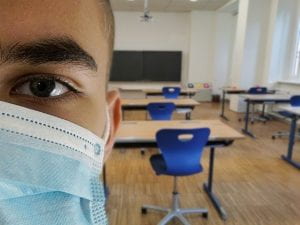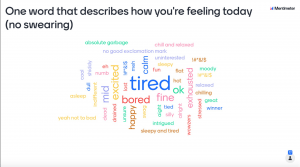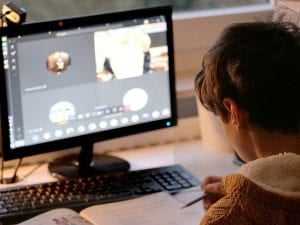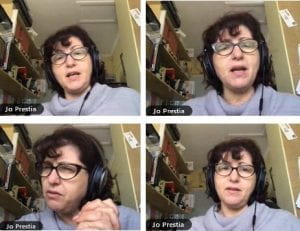
Letters
An acrostic poem is a composition where the first letter on each line spells out a related word or phrase. You are probably familiar with acrostic poems in relation to names using adjectives to describe the person. My kids sometimes compose them for me on special occasions such as Mothers’ Day,
aMazing
lOving
Tenacious
Happy
Extraordinary
Radiant

MOTHER
Acrostic poems can also be used as a learning tool. For example, let’s take the word LEARNING. Place each letter on a separate line;
L
E
A
R
N
I
N
G
Then, each letter becomes the first letter of your word or phrase to do with learning. Hence,
Literacy
Engaging
Academic
Reading
New experiences
Improvement
Numeracy
Grasp
An acrostic poem can also take other forms. Some allow the first letter to come anywhere along the word (as in MOTHER above) or line, for example,
This school has improved the LITERACY skills of its students by exposing them to a wide range of age appropriate books.
While acceptable, I much rather the challenge of leaving the letter as the first of each word or phrase.
I enjoy challenging my students to compose more detailed acrostics although this task is easily differentiated to suit the learning needs of individual students, with a little added challenge.
I find they are a great way to introduce letters and words.
A is for APPLE… (remember all words must relate)
Apple juice
Peel
Pink ladies
Lunch
Eat
Challenge them to write or say whole sentences;
Apple juice tastes better when the
Peel is removed before juicing.
Pink ladies are my favourite fruit to eat for
Lunch, although I also like to
Eat granny smiths, but only in my grandma’s apple pie!
It can be quite a challenging task for older students, easily incorporated into the learning or used as a revision tool.
For example, last week’s topic in my Foundations class was Social Theories. Here’s one I prepared earlier (hehe)
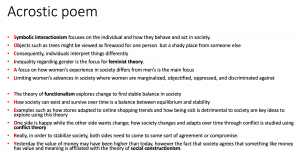
Acrostic Poem – Social Theory
Why not have a go yourself or challenge your students. Acrostics poems do not have to rhyme, but hey, that’s an added challenge if they’re up for it. The words and phrases can stand alone or create a running commentary. Be creative! I would love for you to share some of the compositions or ideas you come up with.
Thanks for reading 🙂

